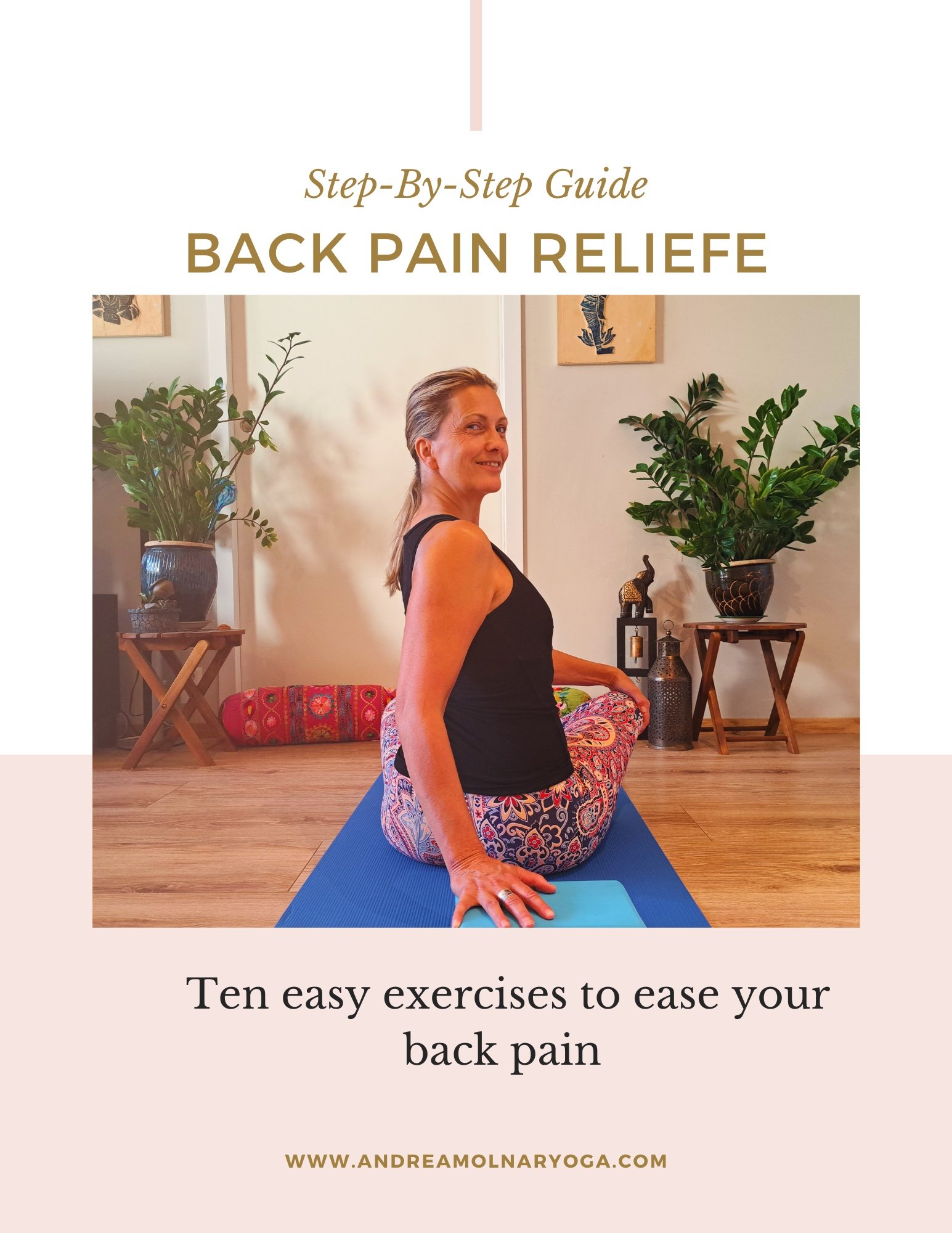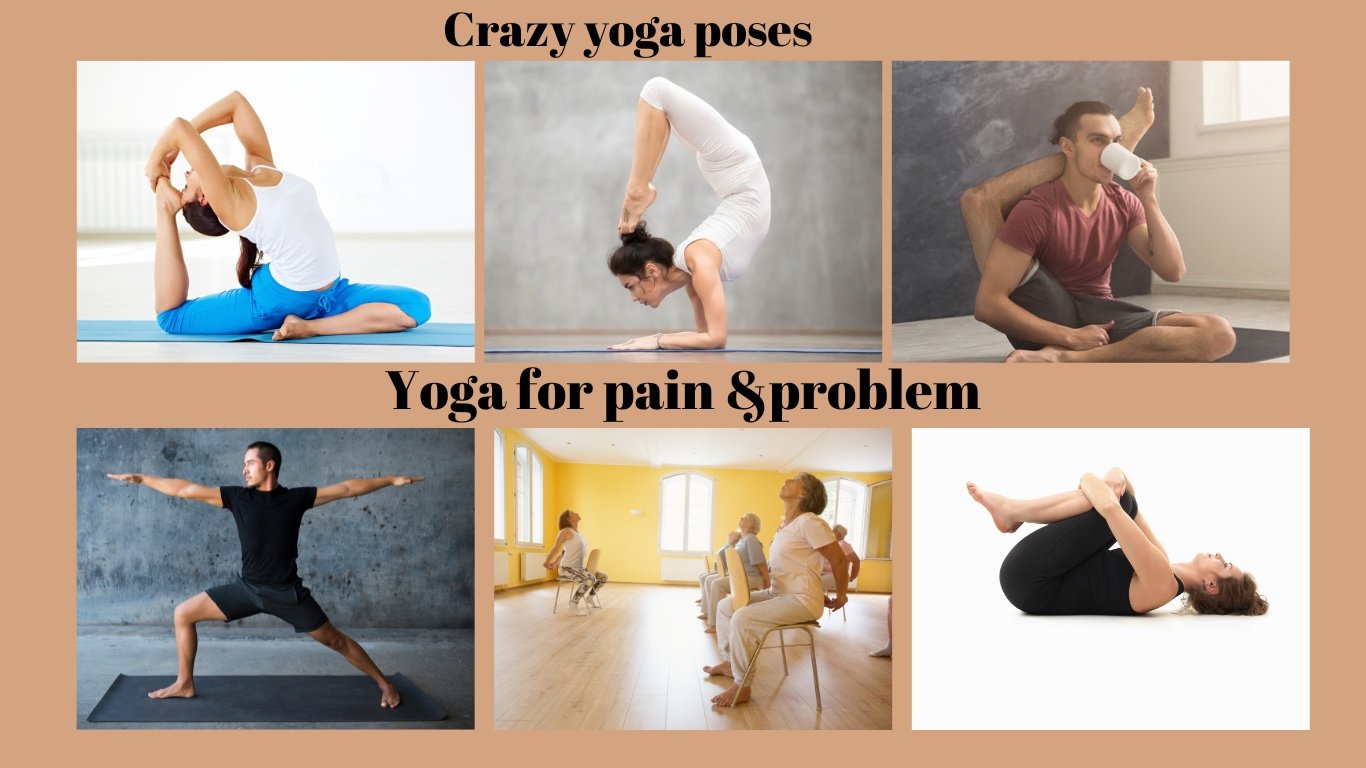You are not alone if you are dealing with chronic pain and stress. An estimated 50 million Americans suffer from some form of chronic pain severe enough to frequently limit life and work activities, according to a Centers for Disease Control 2016 report.
What is chronic pain?
Chronic pain is pain that lasts for over three months. The pain can always be there, or it may come and go. It can happen anywhere in your body, leading to depression, anxiety, and trouble sleeping, which can make the pain worse. This response creates a cycle that's difficult to break.
What does chronic pain feel like?
People with chronic pain describe their pain in many different ways, such as:
Aching
Burning
Shooting
Squeezing
Stiffness
Stinging
Throbbing
What causes chronic pain?
Sometimes chronic pain has an apparent cause. You may have a long-lasting illness, such as arthritis or cancer, that can cause ongoing pain. Injuries and diseases can also cause changes to your body that leave you more sensitive to pain.
These changes can stay in place even after you've healed from the original injury or disease. Something like a sprain, a broken bone, or a brief infection can leave you with chronic pain.
Some people also have chronic pain unrelated to an injury or physical illness. Healthcare providers call this response psychogenic pain or psychosomatic pain. It's caused by psychological factors such as stress, anxiety, and depression.
Just simple things like sitting too much could cause chronic pain.
Let’s talk about stress and chronic pain:
Stress is almost unavoidable. We live in a world of ongoing worry, change, and uncertainty. But there is good and bad stress. For example, good stress is short-term, and it inspires and motivates you, focuses your energy, and enhances performance. Bad stress, however, is the kind that wears you out, leaves you jittery, and is harmful to your health.
Pain and stress are only designed to alert the body on a short-term basis. When the body is stuck in that 'fight or flight' mode for an extended period, the brain tells the person they are still unsafe. This means that the brain still views the injury as needing attention and continues to amplify the pain.
The continuous stress chemicals being released cause the nervous system to become highly sensitized. This causes increased heart rate, high blood pressure, shallower breathing, digestive issues, and muscle tension. Your body cannot heal when your nervous system is this sensitized, as dealing with this perceived 'threat' is your body's first priority – and so the injury continues to persist in pain.
Stress can increase inflammation in your body, causing your muscles to tense or spasm, which worsens your pain. Living with pain day after day can be stressful.
Stress and chronic pain have a complex relationship. It can also lead to mental health problems. One-third of adults with arthritis have anxiety or depression.
How reduce bad stress that is causing chronic pain?
Stress becomes a problem when it starts to take over your life. The key to stress management is identifying the harmful stressors in your life and developing healthy ways to deal with them.
Stay healthy and fit.
A well-balanced diet and staying active ensures your body is better prepared to fight stress. Exercise relaxes your body and mind while improving your mood. In fact, physical exercise, including yoga, has been proven to play a vital role in preventing and reducing the effects of stress.
Add relaxation techniques to your everyday routine.
Relaxation promotes overall health and allows you to step away and clear your head. It doesn't have to be a big time commitment; it can be accomplished with deep breathing exercises and meditation.
Get a good night's rest.
Getting enough rest is important because it gives your body time to recover from stressful events and sets you up to fight new challenges the next day.
Think positive thoughts.
Negative thoughts can lead to negative behavior, while a positive attitude can help offset difficult situations. Make an effort to think positively by looking for the upside in every situation, whether you learn from your mistakes or use significant challenges as a time for personal growth. In addition, thinking about everything you appreciate in your life, including your positive qualities, can change your perspective.
Accept there are events you can't control.
There are things in life beyond your control, such as someone else's behavior. Instead of stressing about what you can't control, focus on what you can control and how you react to the problem. That way, you are expending your energy where it can be more effective.
Get support.
Confide in family and friends, or turn to someone professional. Expressing how you feel can be cathartic. Also, expressing your feelings instead of bottling them up is essential because that can add to your stress.


